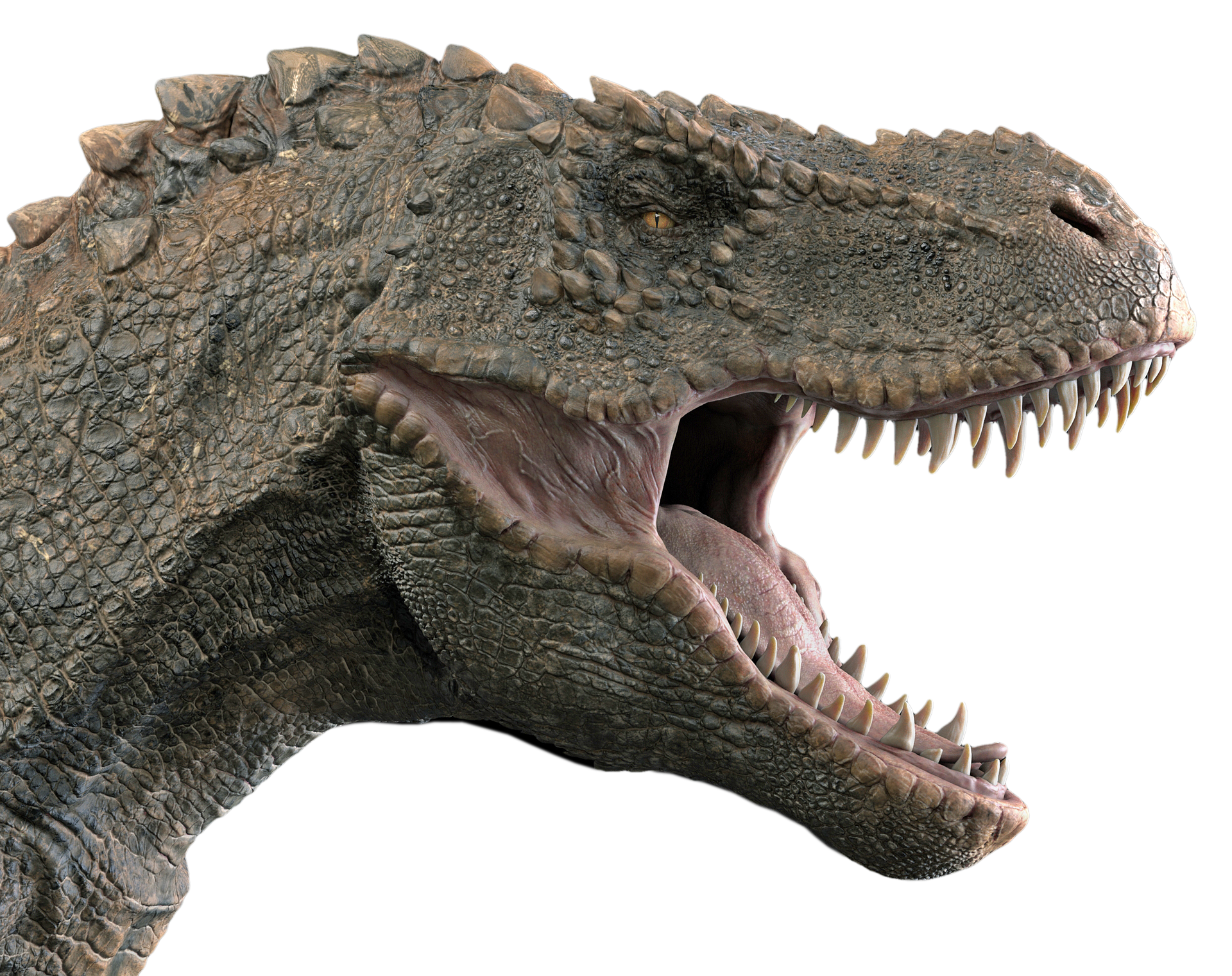No matter how excited people are about dinosaurs, they will hardly want the beasts from the past to become our neighbours. Fortunately, the modern cloning technology will not let scientists to clone these extinct animals because their DNA is too much destroyed, otherwise, some mad researchers could have already recreated one of those giants.
Still, dinosaurs were not the only beasts populating the Earth millions of years ago. Actually, they were not even the scariest ones. Read this article and you will find about some of the particular frightening creatures which lived on our planet a long time ago.
Megalodon
Have you ever thought about the risks of meeting a shark while swimming in the sea or ocean? Needless to say, it would not be a pleasant meeting. Still, fortunately, the modern sharks are just small fish comparing to their predecessors who lived on the Earth during the period between 23 million and 3.6 million years ago. Do not think they were not present anywhere around your place of residence as they were spread around the entire world.
This predecessor of sharks was a legendary megalodon known for its immense size and strength. The length of this fish was about 22 metres whereas the weight could reach even 40 tonnes. Due to such large weight, the shark had incredible force of biting which was around 18,5 tonnes. This is almost four times more than the force of a bite of tyrannosaurus.
Not only was the strength of this creature immense, but also it had a particular structure of its head and teeth. In fact, the teeth of megaladon resembled of a saw which made it possible for megalodon to eat its pray right during a fight when it was still trying to run away. The number of these weird teeth was also impressive – all in all the mouth of megaladon had 250 such teeth. The modern creature with the largest number of teeth living on our planet is a saltwater crocodile, however, it has nearly three times less teeth than megalodon.
As you might have noticed, there are far more giants living in the water than on the shore. According to the scientists, the reason for it is a different pressure which is allowing animals to reach such immense sizes. This has always been true that is why one of our neighbours is a giant whale with the length of 33 metres.
Generally, the reason for such huge sizes of the prehistoric animals was a different ratio of oxygen in the atmosphere. Researchers believe such an amount of oxygen was increasing the work of the breathing systems of animals allowing them to grow larger.
Pulmonoscorpius kirktonensis
Megalodon was a total beast indeed, however, there were many other smaller creatures on the Earth which might have appeared even more scaring to many people especially to those who are afraid of various insects and spiders.
For example, take a giant scorpion called pulmonoscorpius kirktonensis. This organism had a length of 70 centimetres. If it is difficult for you to imagine this creature, just think about a scorpion and enlarge to the size of a dog.
Fortunately, these amazing scorpions lived during the period between 336 and 326.4 million years ago. Actually, researchers have got no chance for estimating whether the prehistoric scorpions were toxic or not, although they had a stinger so, in all likelihood, they used it in a certain way.
Pulmonoscorpius kirktonensis had a very peculiar structure of eyes. In fact there were two on the front as well as two side eyes. These side eyes consisted of tens of smaller eyes – their number was usually between forty and sixty. These eyes were helping the scorpion to notice other animals including fish since the prehistoric scorpion could swim.
Meganeura
Even the people who are not particular fans of insects can still see real beauty in dragonflies and butterflies. There are many beautiful species among them indeed.
The predecessors of dragonflies are meganeura which lived 300 million years ago on the area of modern Europe. During that time this insect used to be the largest flying predator and it was feeding on other insects.
The length of the opened wings of this insect was around 70 centimetres. Such a large size of meganeura allowed these creature to eat insects of the size of modern pigeons.
Eurypterid
Eurypterids are informally called sea scorpions, however, you already know what ancient scorpions looked like. Eurypterids are considered to be arthropod species and they lived on our planet for a particularly long time of nearly 200 million years.
This animal resembles cancers albeit, in all likelihood it had a toxic stinger at the end of its tail which was also making it close to scorpions. At the same time, the animal was armoured.
Eurypterids were travelling around the world on the bottom of the oceans consuming whatever they were able to find on their way.
One of the curious facts about this animal is the fact its female species had longer genitals than males and, in fact, they were gathering spermatophores which looked like small hearts for this species.

